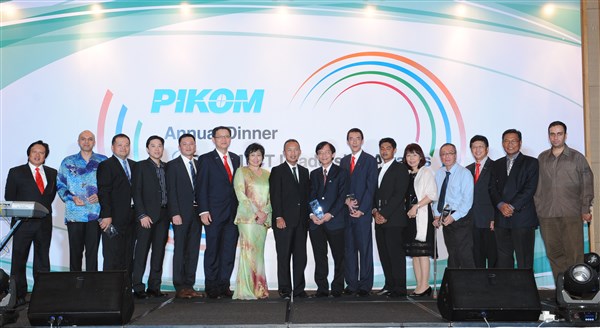Shinjiru, a Malaysia-based web hosting company has migrated from its existing virtualization platform to Windows Server 2012 R2 Hyper-V. The company said the migration enables their customers to have greater control over their resources and costs, and Shinjiru can now easily support a wider range of technologies including Microsoft and open source.
Since turning to Windows Server 2012, Shinjiru has dramatically increased the efficiency of its infrastructure with the ability to support 64 nodes and 8,000 virtual machines in a single cluster and perform live migrations.
By moving to the Microsoft platform, Shinjiru said it is now able to support the customer’s choice of technology – whether Microsoft or open source, be it a host OS or a guest OS. Shinjiru has also started offering new services to its clients, generating additional revenue, increased client retention, and strengthened competitive advantage.
Shinjiru’s move to the latest version of Windows Server has been timely: Microsoft has officially started the one-year countdown to the end of support for Windows Server 2003 and Windows Server 2003 R2 that will happen on 15 July 2015. Organizations still running on Windows Server 2003 will need to migrate their servers in order to avoid security, compliance, additional costs and compatibility risks.
The globally popular and trusted 11-year-old Windows Server 2003 operating system powers IT infrastructures of many organizations in Asia Pacific, providing computing workloads for all kinds of enterprise applications supporting email, web and Line of Business applications.
In accordance with Microsoft’s Product Support Lifecycle Policy, assisted support, including updates and patches, from Microsoft will no longer be available after 15 July 2015. While companies can continue to run Windows Server 2003 after this date, this leaves servers and applications vulnerable to security threats and downtime, and may no longer meet compliance requirements. Maintenance costs for aging hardware will also increase along with costs for intrusion detection systems, firewalls and network segmentation.











